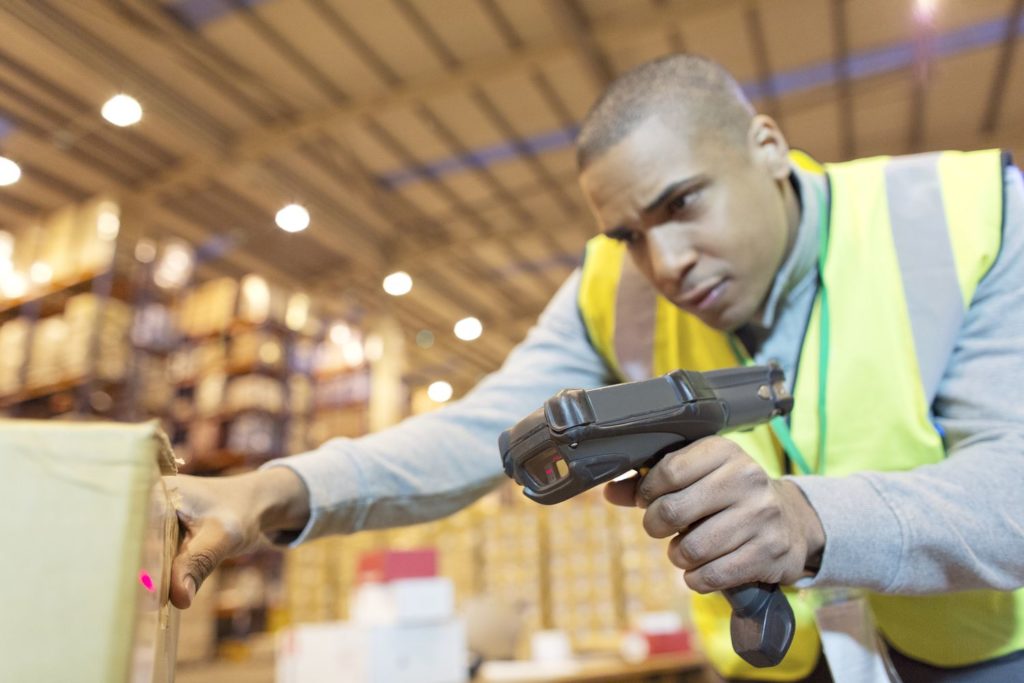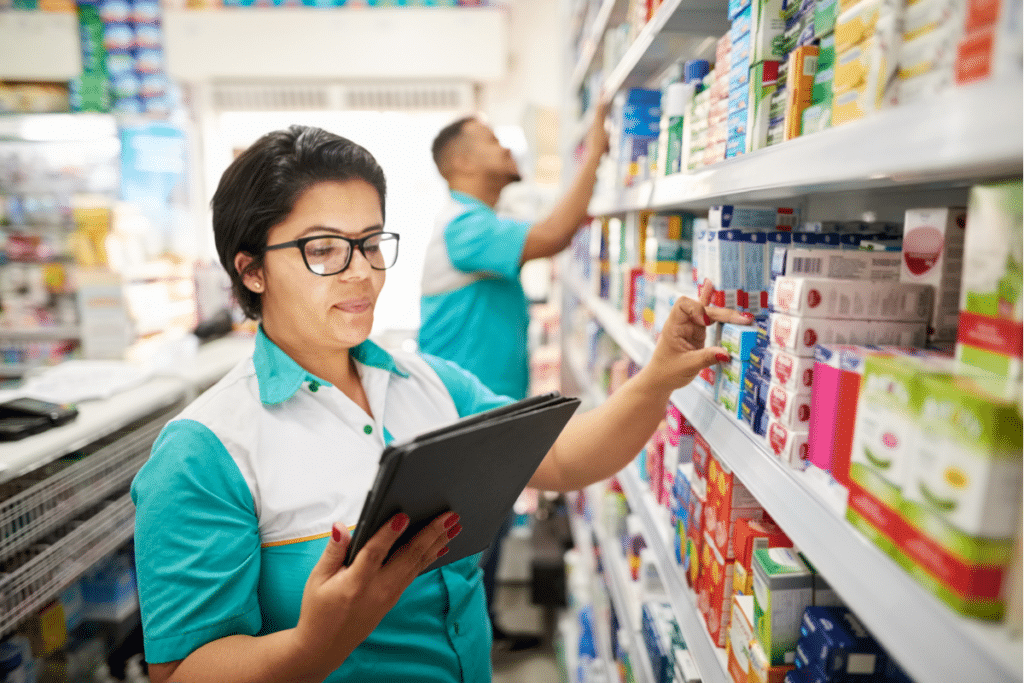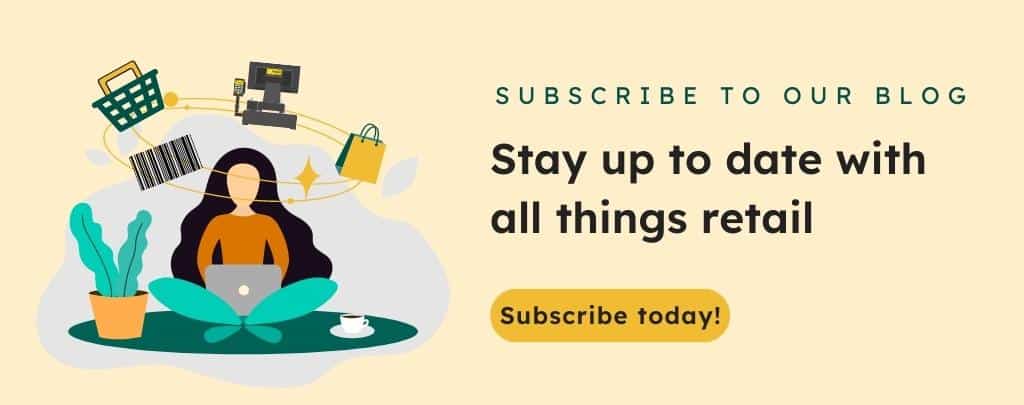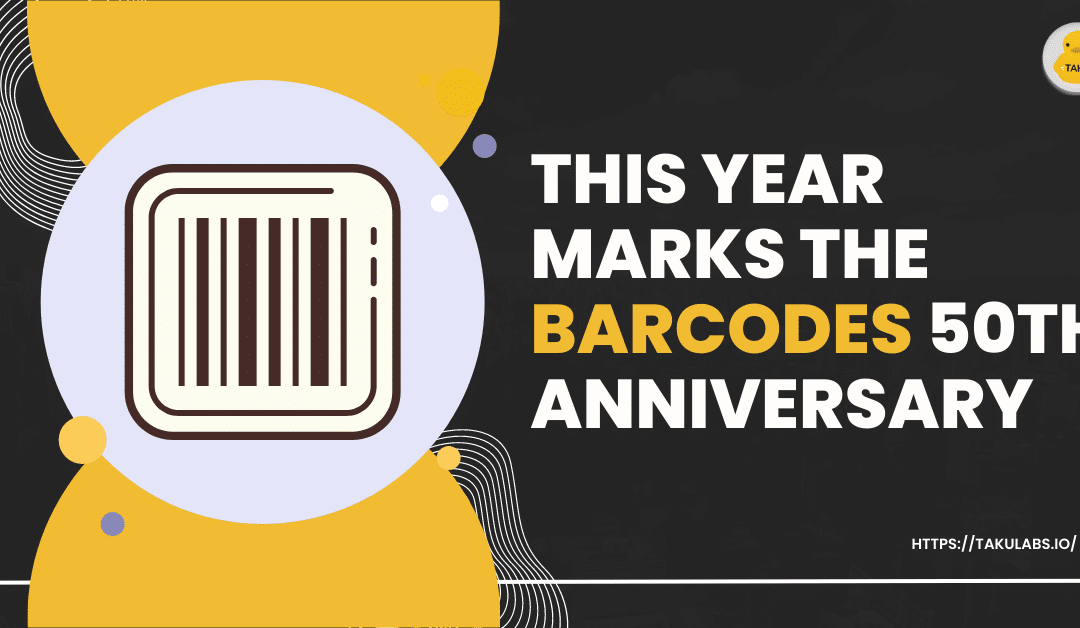Despite its simple appearance, the barcode is a powerful tool in the retail industry that boosts efficiency and makes shopping easier. This year marks the 50th anniversary of barcode technology. In fact, the BBC considers it one of the 50 things that made the modern economy by revolutionizing inventory management, store checkout, and manufacturing.

The creation of the barcode
The barcode went through several milestones. The person credited with inventing the barcode is Joseph Woodland. During his career, Woodland worked at IBM and even worked on the Manhattan project during World War II. The barcode came about when Woodland noticed that three dashes and a dot resemble the letter “J” in Morse code. This was the spark that led to the creation of the pattern recognized around the world today.
After World War II, the West experienced a boom which created plenty of opportunities in the retail industry. This is when Woodland introduced the barcode as a retail solution, specifically to solve the problem of supermarket staff taking too long to organize and deal with products.
The prototypes
The interesting thing is that the barcode itself was not the main challenge for Woodland. Instead, the real challenge was in the creation of a reliable device that could easily read barcodes. Woodland initially looked at the movie industry, where a device called a “phonofilm” shone light through slits. A computer would then electronically read the light to produce sound waves. Eventually, Woodland realized that the light did not have to shine through the slits but could instead reflect off the bars and back into the device to read the information.
At the start, Woodland created a prototype of a “barcode reader” by using a 500-watt light bulb inside a box made of thick black oilcloth to keep out daylight. The bulb would shine a narrow beam onto a paper sheet with black and white lines, which reflected the light into a pickup device. The device would then converted it into a unique electronic signal. However, the light was too intense, causing the paper to catch on fire. This led Woodland to put the idea on hold because he could not find a light that could reflect the barcode without causing it to ignite.
The idea of the barcode resurfaced in the 1960s with the invention of lasers—an ultra-focused ray of light that could scan back and forth across a label without setting the paper on fire. The first official design of the barcode was made in the 1970s, once lasers became reliable enough. The initial design was circular and resembled a bullseye. To promote his new innovation, Woodland included the chance to win a prize for those who scanned the barcode.

The modern barcode
As you know, the evolution of the barcode did not stop with the circular design. The circular shape presented its own challenges. For the scanner to read the barcode, it required clear print and an undented tin. Enter George Laurer, who would play a critical role in the redesign of the barcode. Ultimately, he decided to return to the original rectangle design, which proved to be highly successful.
In June 1974, the barcode made its first appearance at a Marsh’s supermarket in Ohio. The first item scanned was a 10-pack of Juicy Fruit gum, priced at $0.67. This historic moment marked the beginning of millions of barcode scans to come.

How barcodes have evolved over time
The most common barcode today is still the traditional rectangular barcode that most of us see every day on products. These type of barcodes are called 1D or one-dimensional barcodes.
With modern personal computing and smartphones, traditional barcodes have helped to inspire newer barcode technologies as well.
QR Codes
QR codes (a topic we’ve looked into before on this blog) are 2D or two-dimensional barcodes that can store more information than traditional barcodes. They can be read from any angle and contain more information in less space, making them versatile for a variety of uses. Retailers use QR codes to direct customers to product information, reviews, and promotional content. QR codes have also become popular in mobile payments, allowing customers to complete transactions quickly and securely. This has helped to streamline payment processes and provide a more convenient shopping experience for customers.
RFID
RFID, also known as “radio frequency identification”, is a further extension of traditional barcodes. It is essentially a tag (or label) with built-in devices that use radio frequencies to transfer data. RFID technology has several advantages over standard 1D barcodes. RFID tags can be read from a distance and do not require direct line of sight to the scanner, making them more convenient to use. They are also capable of storing more information and can be modified or changed.
RFID tags are useful in many ways. As the cost of labor and staffing shortage have grown over the past decade, more and more retailers have started to use RFIDs track inventory and minimize theft.
For example, large retailers such as Zara have switched to RFID for faster physical inventory counts. Where before physical inventory count required a lot of staff (and possibly closing the stores), RFID makes stock take as simple as several quick scans of the store. Larger stores have even added overhead RFID scanners to be able to track the location of products to make it easier for shelf restock and locating inventory.
As the cost of RFID tags (and tagging products) continues to go down, RFID will increasingly be used by smaller retailers in a greater variety of ways.

The barcode has revolutionized the modern retail industry as we know it today. The sound of the beep at a supermarket checkout instantly reminds us of the barcode. It is not just a series of black and white lines, but technology that has significantly improved the efficiency of stores and continues to shape modern retail.
Love learning about the world of retail? You can stay up to date with all things retail by subscribing to our blog today.



